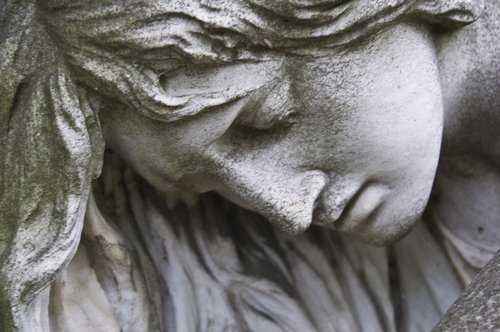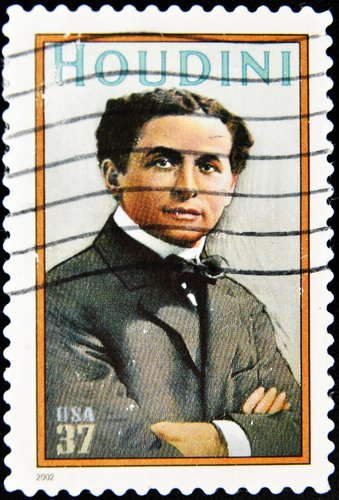Here at TSW, we continue to watch closely the case law developing under the new Defend Trade Secrets Act of 2016 (DTSA), which attempts to harmonize divergent state laws by creating a single federal framework for trade secrets misappropriation lawsuits. The Northern District of California appears to have won the race to be the first federal court to enter a written decision under the DTSA. The early rulings in this case already give us some food for thought when it comes to litigating trade secret claims under the DTSA. READ MORE
Early Returns (Part 3 of 3): California Federal Court First to Rule Under New Defend Trade Secrets Act of 2016










 “Harry Houdini, a producer of magical feats and illusions since 1882, and president of the Society of American Magicians and of the Magicians’ Club of London, states that, so far back as his memory and records go, he is positive that he never witnessed a production of the illusion ‘Sawing a Woman in Half’ by any one other than the plaintiff.”
“Harry Houdini, a producer of magical feats and illusions since 1882, and president of the Society of American Magicians and of the Magicians’ Club of London, states that, so far back as his memory and records go, he is positive that he never witnessed a production of the illusion ‘Sawing a Woman in Half’ by any one other than the plaintiff.”